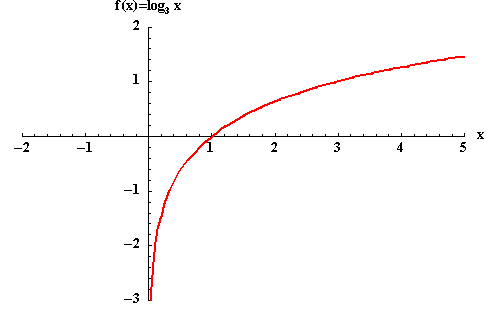

If values of \(x\) and \(y\) extend over more than one decade, then more cycles must be used. To find the value of \(a\), in this case, you just use the equation \(y = ax^b\), substitute values for \(x\), \(y\) and \(b\), and solve for \(a\). It must be read where \(\log x = 0\), in other words, where \(x = 1\). In that case, you couldn't read the \(y\) intercept right off the graph. After all, your values of \(x\) might have been between 10 and 100, so you would have started your horizontal axis at 10. Suppose the horizontal axis didn't start at 1, and there's no need that it should. \(a = slope = \frac \) and note that the units for both \(y\) and \(x\) were given as metres. In the right-hand column, I've looked up the natural logarithms of \(N/N_0\) Panel 3 So you don't confuse the end user of your graph, you should delete the y-axis label.In the table of values above \(N/N_0\) obeys an exponential relationship. FYI, it is at this point, where you could type over the label, that you use the formula bar to link to the value you want to display by typing "=", and then clicking on the correct cell.
LOGARITHMIC GRAPH UPDATE
You could just manually type the correct value into the data label, but that would require you to update the values every time you refresh the graph. You do this by clicking on each one individually, and use the formula bar to link to the actual growth value you want to display as the data label. The next step involves adjusting the data labels for the positive growth values. From there, you add the data labels to the chart. 33%), and the relative positive growth value (i.e.

The graph then becomes a plot of the negative growth value (i.e. (1+negative growth value)*positive growth, or as in my example (1-25%)x33%=25%. It basically requires that you make a calculation of the growth relative to the decline. There is a "not so perfect, but acceptable" work around that I have discovered. The bars are now equal size, but neither the data labels, nor the scale would be the actual values, which is what I want to show.Īnyone have any thoughts, ideas, or suggestions for a possible work around that do not involve manually changing the values in the data labels or the scale? This file will be used as a template for many future analyses, and I am trying to automate as much as possible. the LN() of the growth values in the scenario described above would be -29% and +29%. However, I lose the ability to show the data values, and scales in the original values. I can take the logarithmic growth of the data, which will produce the right sized bars when plotted. The way it graphs now, growth looks to be 50% larger than the decline, but reality is that it is exactly the same.Įxcel will not display logarithmic scales with negative values properly. I want the graph to display -25% and + 33% as the same sized bars. If EBITDA then goes back to 100, the growth is 33%. if EBITDA goes from 100 to 75, the growth is -25%. However, what I want to highlight is the relative difference in the EBITDA over the two periods.

Then from the Format Axis side panel, tick the Logarithmic scale box under the Axis Options. One bar goes up off the x-axis, and one bar will go down, which is exactly what I want. Now to create the logarithmic graph, click on the Horizontal Axis labels and then right-click on the mouse From the context menu, click on Format Axis. In some cases, the growth in one period will be negative, and in others it is positive. I am plotting EBITDA growth over 2 different periods as a bar graph. Is there a work around for plotting negative and positive growth values in excel in a logarithmic scale format, while preserving the original data values?


 0 kommentar(er)
0 kommentar(er)
